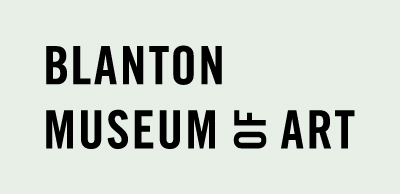Splinter Beach
Primary
George Wesley Bellows
(Columbus, Ohio, 1882–New York, New York, 1925)
NationalityAmerican, North America
Date1916
MediumLithograph
DimensionsSheet: 16 7/16 x 20 15/16 in. (41.8 x 53.2 cm)
Plate: 15 x 19 7/8 in. (38.1 x 50.5 cm)
Image: 15 x 19 7/8 in. (38.1 x 50.5 cm)
Plate: 15 x 19 7/8 in. (38.1 x 50.5 cm)
Image: 15 x 19 7/8 in. (38.1 x 50.5 cm)
Credit LineBlanton Museum of Art, The University of Texas at Austin, Archer M. Huntington Museum Fund, 1981.37
Keywords
Rights Statement
Collection AreaPrints and Drawings
Object number1981.37
On View
Not on viewGeorge Bellows was associated with the Ashcan School, a group of American painters that also included Robert Henri, John Sloan, and George Luks, who were committed to conveying the character of the new urban American experience through a nuanced realism. Best known for his paintings (the museum owns a remarkable seascape dating from 1913), Bellows began exploring the medium of lithography in 1916.
Splinter Beach is one of his early lithographs, made with printer George C. Miller. The complex image presents a rare moment of leisure in these workers’ lives as, in various states of undress, they prepare for a swim on a stretch of urban river that was surely not meant for that purpose. Bellows juxtaposes this teeming—and timeless—figurative tableau against the contemporary engine of burgeoning commerce, literalized here by a boat forging through choppy waters. In the distance the new metropolis beckons: the engineering wonder of the Brooklyn Bridge and the new skyscrapers surrounding it.
This was the future vision of America—dynamic, productive, ingenious—and the topic seems uniquely well suited to Bellows, a visionary man. As the first well-known artist in the United States to develop a complete body of lithographic works, Bellows challenged preconceptions about the medium, expanding its expressive potential
Exhibitions












